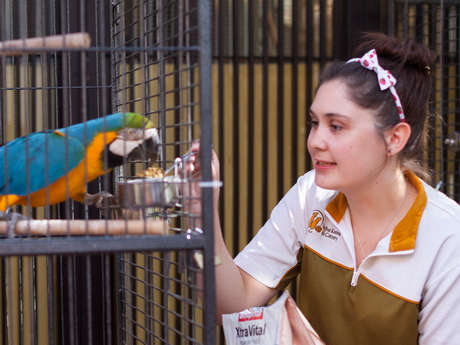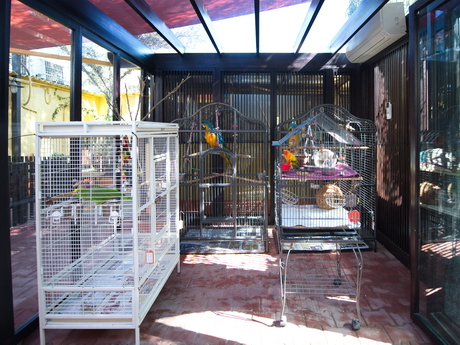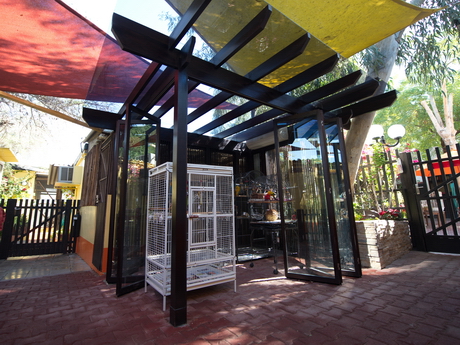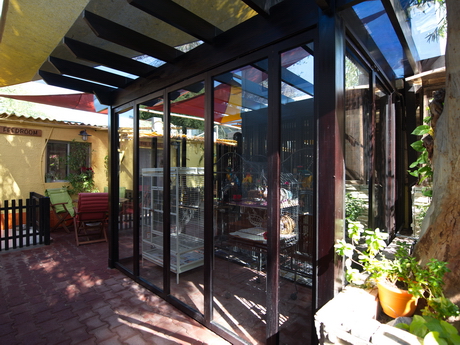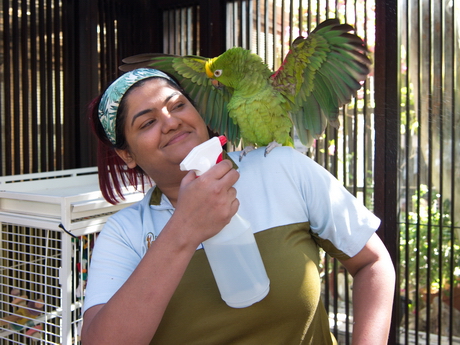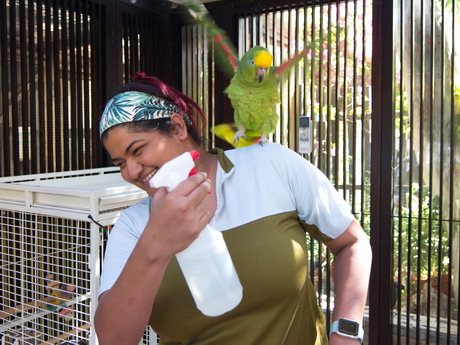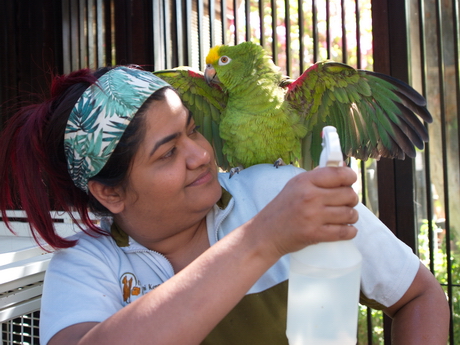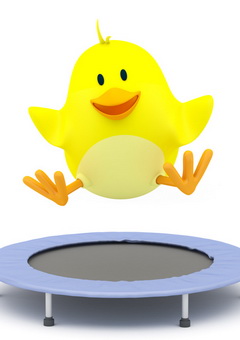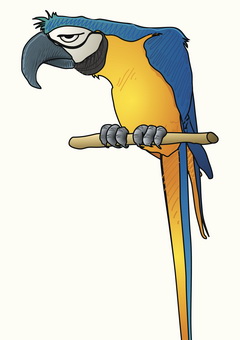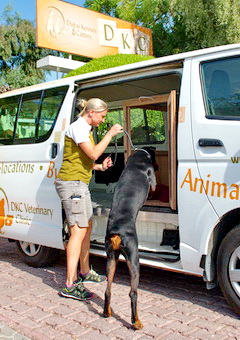the aviary

There's a bite in these birds
So watch your fingers!
'Cause even a nip
Oh-so-often lingers.
Nah. Not true! (Most of the time.)
Yes, we've got a bird aviary (is there any other kind?). AND it's an outdoor aviary (except when it's really hot ~ then we magically turn it into an indoor aviary. Presto!). Fresh air, lots of activity and interest smack in the middle of... EVERYTHING at our facility, along with the occasional spray-bottle shower, too.
Parrot boarding? Budgie boarding? Love birds? (No, not YOU... your birds!) Finches? Sparrows? Bird boarding in a place and space that really knows bird boarding.
What more could a self-respecting bird want? (Don't say "freedom"!)



